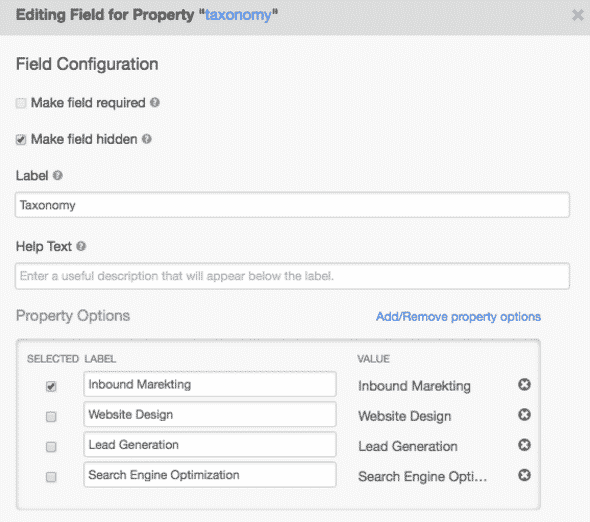
At Hivehouse Digital, we write a lot about how foundational buyer personas are to your inbound marketing strategy. You shouldn’t do a single marketing activity until you’ve considered your persona. But did you know that you could perfectly understand your persona, create a smart strategy centered around the persona, and still deliver irrelevant content to your audience?
It’s true. Because everybody who fits within a persona also has their own particular interests. They all have the same basic pain points—hence, they’re the same persona—but their individual priorities affect the way they approach their problem.
Which means it’s possible that you’re not engaging some of your personas where their interests lie.
Relying on Personas Doesn’t Always Cut It
For example, one of our personas is Marketing Director Kelly. Some of our Kellys are really excited about social media, and they’re convinced that if they just get social figured out, they’ll be all set. Other Kellys are fixated on SEO and improving their search engine rankings. Neither one of them fully understands inbound marketing yet—just a sliver of it. So we need to connect with each Kelly where they’re at and give them the right information that fits their interests to help them understand how inbound works.
But how on earth can you get even more granular than your personas? Create sub-personas, and sub-sub-personas?
Make Your Content Interest-Specific
Luckily, the solution isn’t as tedious as that. By using an interest-specific taxonomy in HubSpot, you can quickly create several personal interest categories for your content that match the various priorities of your personas. Then, tailor your workflows and engagement around each category to connect with your personas in a highly customized way.
Here’s how to use a personal interest taxonomy to connect more specifically with your personas.
How to Use a Personal Interest Taxonomy in HubSpot
Basically, you want to label each of your contacts with their interests. The interest taxonomy is a contact property value that gets attached to the contact’s record. And as they show more interests, those will also be added to the record.
How does the interest get added to their record? With hidden form fields. When you create a form, add a contact property as a hidden field. The property should have a list of all possible interests—select the appropriate one for this form.

Now, whenever someone fills out that form, the property will be populated in their contact record and they’ll be identified as having interest in that topic.
How to Put the Property Values to Work
So how do you make use of that information? By building interest-specific workflows. Anyone with a matching property value will automatically be entered into the workflow.
You can also add contacts to workflows based on their behavior. So, for example, if someone lands on a specific URL, you can count that as showing interest in a specific topic and enroll them into the corresponding personal interest workflow.
Try it out! Identify your personas’ interests and create a taxonomy. You’ll soon provide targeted content so astonishingly specific to your audience, they’ll swear you’re reading their minds.
Take It Further
- Discover more great ways to use HubSpot
- Talk to an inbound marketing expert about your marketing challenges
Still Looking For Answers? We Can Help!
Get the latest news
Blog Topics
- Analytics
- Branding & Identity
- Budget
- Construction
- Content Marketing
- Conversion Rate Optimization
- Email Marketing
- HubSpot
- Inbound Marketing
- Lead Generation
- Marketing Strategy
- News/Events
- Paid Search & PPC
- Recruiting
- Sales & Marketing
- Sales Enablement
- Search Engine Marketing
- Search Engine Optimization
- Social Media
- Thought Leadership
- Uncategorized
- Usability
- Video Marketing
- Web Hosting
- Website Design
